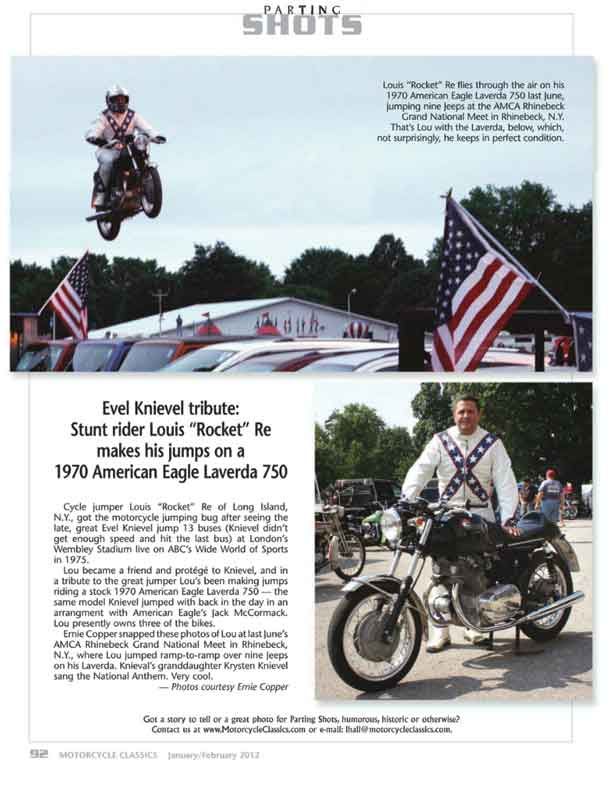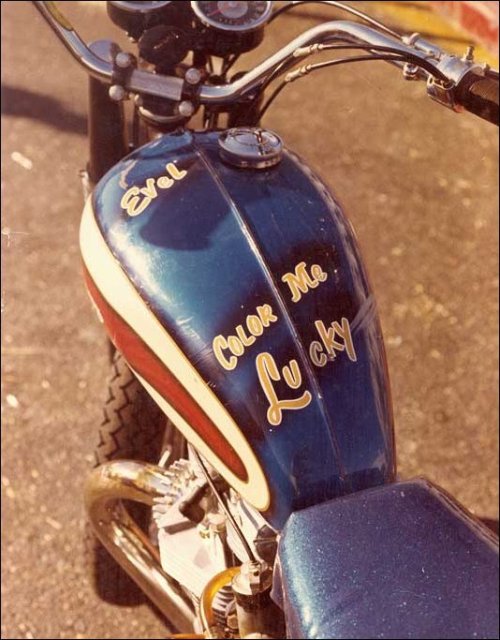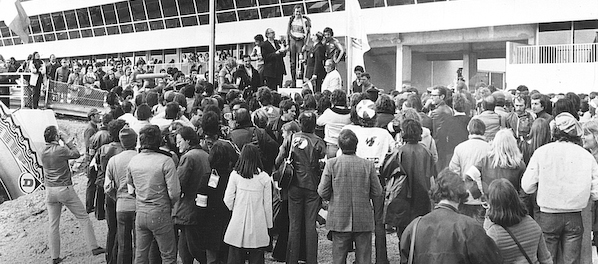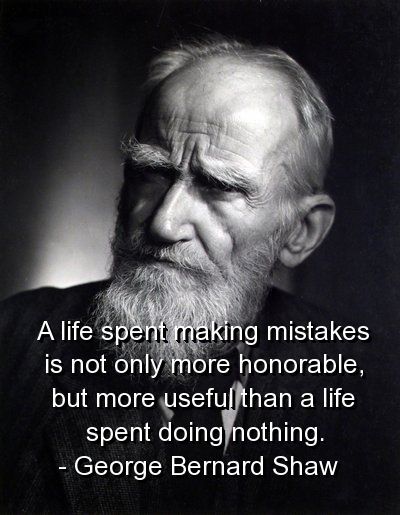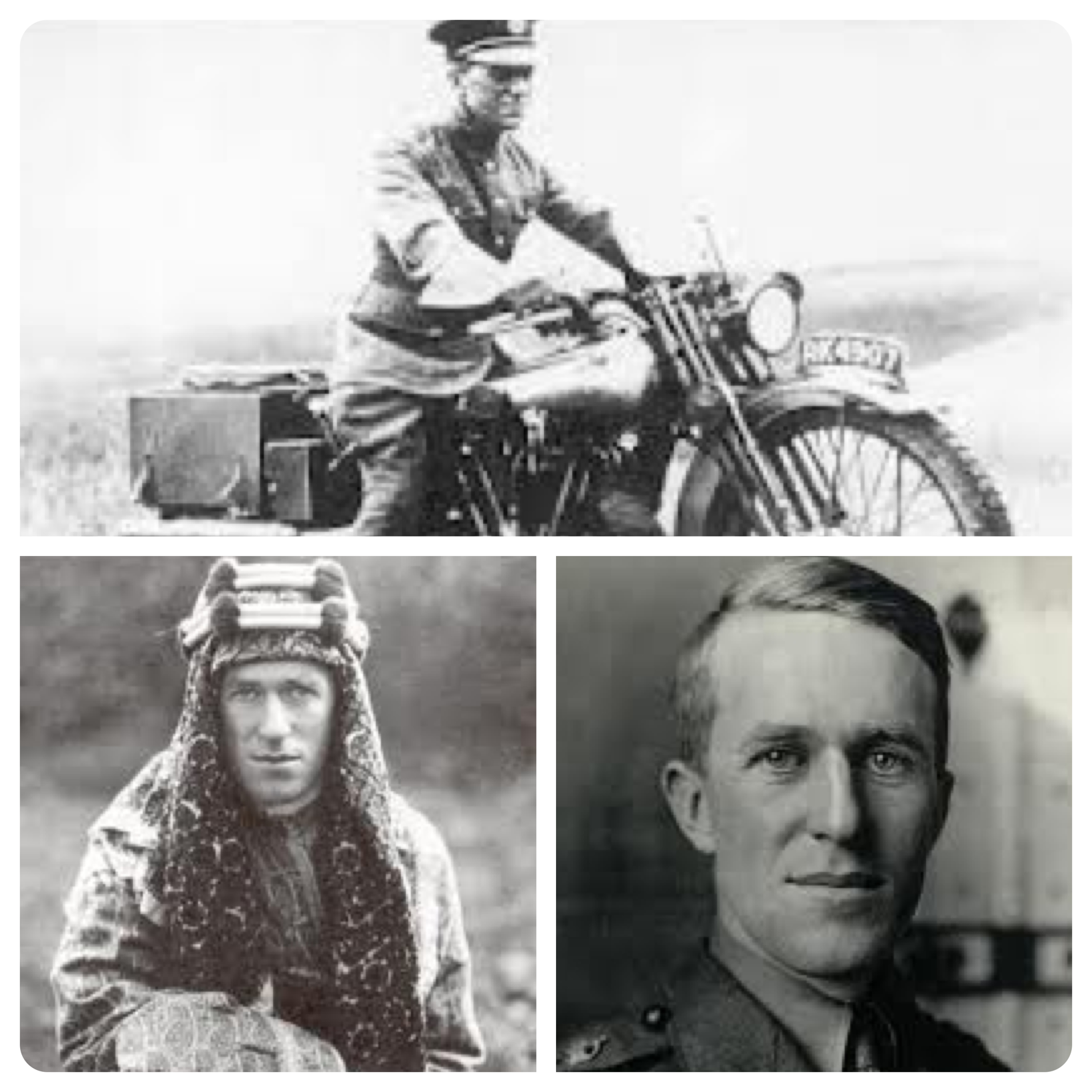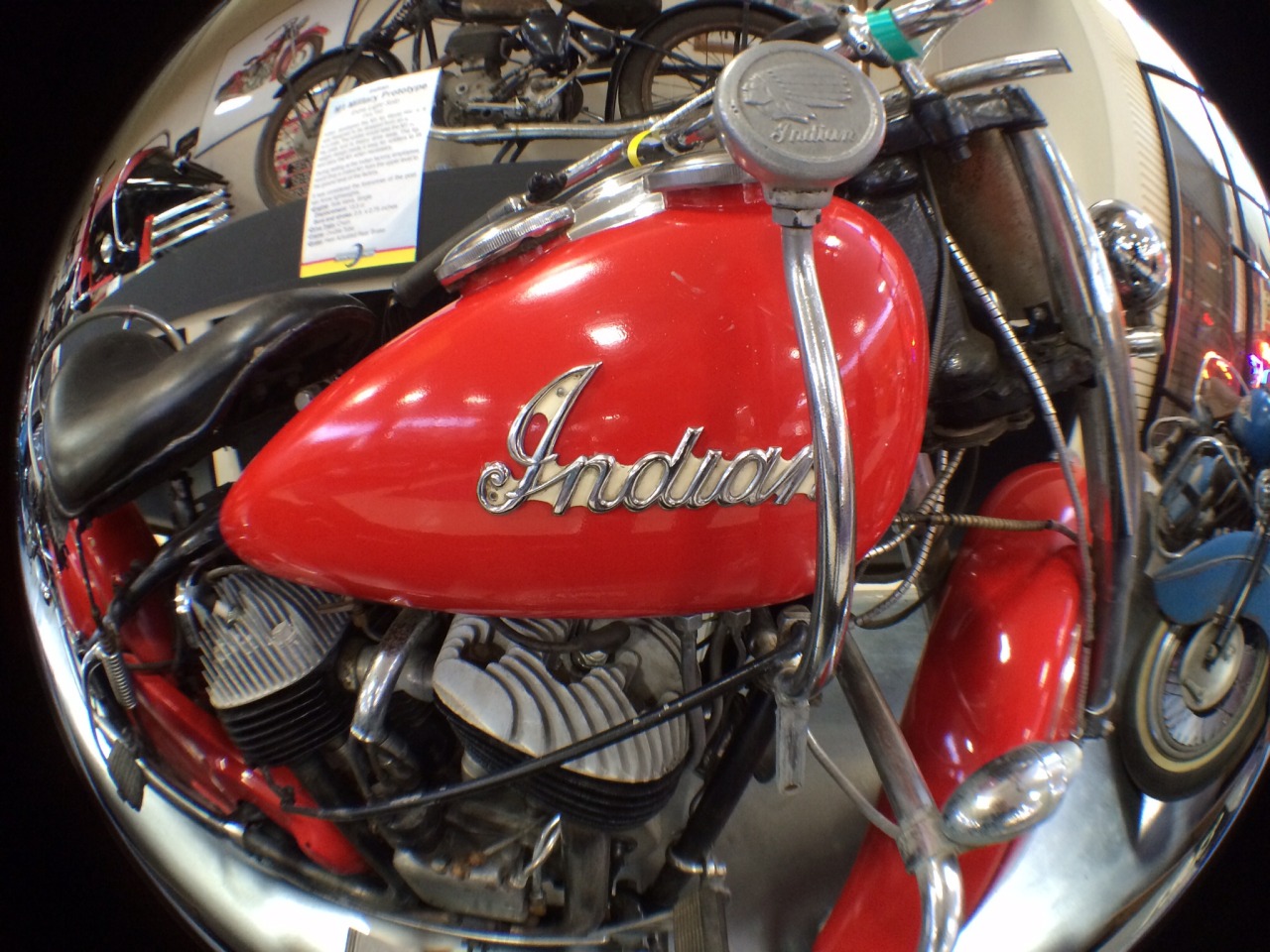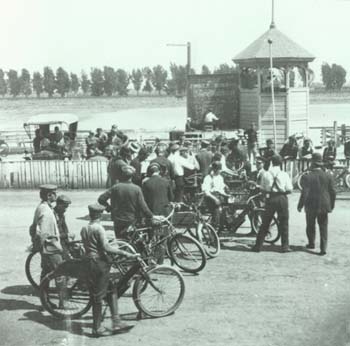
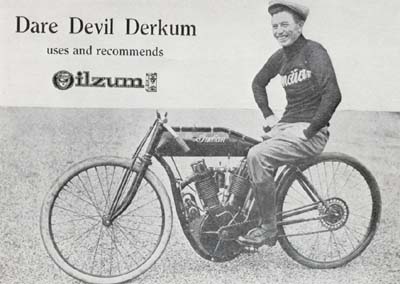



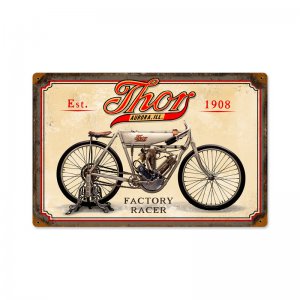
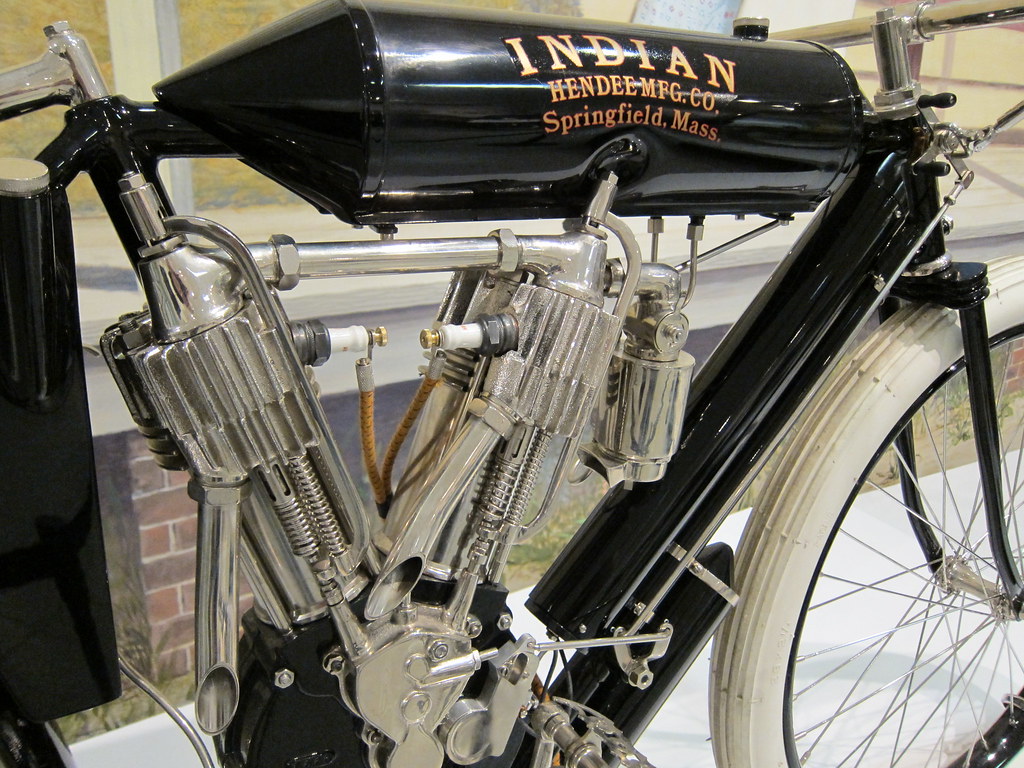

One of the greatest motorcycle riders of his time, if not all-time, Paul "Dare Devil" Derkum dies at 78.
Born on July 2, 1881, he had the need for speed even as a youngster. By the time he reached his teens, he had already been racing bicycles nationally for two years. Motorcycles were just a natural progression.
Indian was the bike of choice for many of the early racers, but Paul J.C. Derkum literally made his name on a 1908 Indian twin. On February 22, 1908, Derkum broke ten speed records at a one-mile dirt track in Los Angeles—clicking off the fastest time ever for a flying mile, two miles, three miles and so on up to ten miles!
His achievements were chronicled in the California newspapers, with one Los Angeles reporter dubbing him “Dare Devil Derkum,” a name that stuck throughout his racing career.
The following excerpt is from the Los Angeles Herald, July 27, 1909.....
On July 20, 1909, at 11:15 a.m. Paul “Daredevil” Derkum
checked in at Temecula during a timed 320 mile roundtrip race
between Los Angeles and San Diego. He was determined to lower J. Howard Shafer’s June 30, 1909 record of 16 hours and 50 minutes. In a cloud of dust, Derkum raced his Indian north out of town and into the record books. His finishing time was 10 hours, 59 minutes, and 30 seconds.
Everyone wondered if J. Howard Shafer could break
Derkum’s record and reclaim the title. On July 26, 1909, at 5:00a.m. Shafer revved up his two-cylinder Thor motorcycle at the Los Angeles Herald office on First and Broadway. Shafer was confident that he could make the run in ten hours flat. However, at 12:20 p.m., he returned to the newspaper office failing to set a new record.
“Shafer, who went as far as Santa Ana, was met by a
large brown hen at that city and in the mix-up which followed,
Shafer, the hen and the motorcycle precipitated into a nearby
ditch with the result that Derkum's record is still unsullied and
that Shafer returned with a badly battered up machine and a
whole handful of chicken chicken feathers as the result of his effort.”
Somehow or another Paul J.C. Derkum is NOT in the AMA Hall of Fame.

